Clean the Air

Have you ever noticed a sunbeam with lots of little specks of dust floating in it?
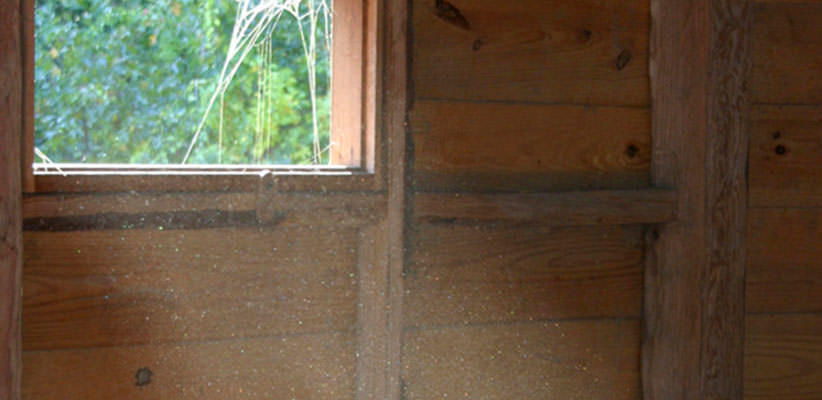
The specks are particulate matter and they are an indication of air pollution. Particulate matter is mostly dust and soot so small that it floats in the air.
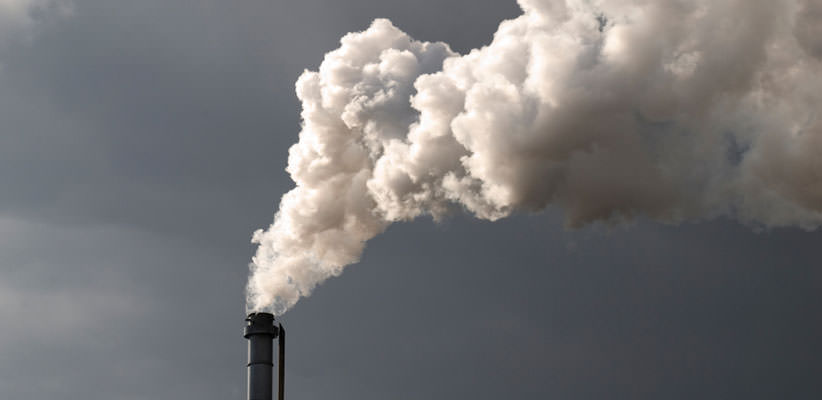
These particles come from anything being burned. Trucks and tractors, power plants, and wood-burning stoves make a lot of these small particles.
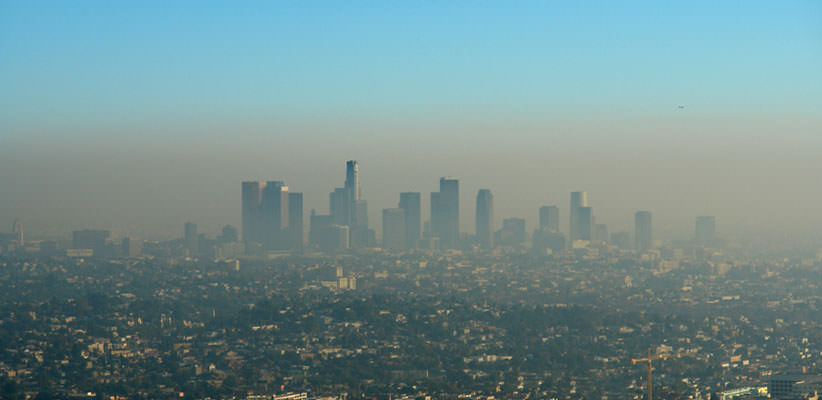
Air pollution is a serious environmental problem in most big cities. Polluted air is bad for our health, and it hurts plants and animals. It damages buildings and it can even change our weather.

Another environmental problem that happens when people burn materials like coal, oil, and natural gases is the creation of greenhouse gases. Carbon dioxide (CO2) is the principal greenhouse gas.
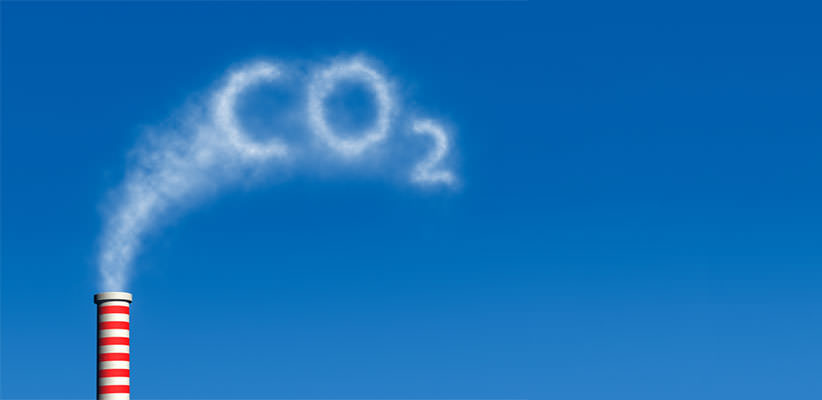
Scientists believe that this CO2 acts like a blanket to keep heat near the Earth. They think that the Earth is getting warmer. This is called global warming.
Do you know why CO2 and other gases are called greenhouse gases?

Certain gases in the Earth's atmosphere prevent heat energy the Earth has absorbed from the sun from escaping back into space. These gases — like carbon dioxide (CO2), nitrous oxide (N2O), and methane (CH4) — are called greenhouse gases because they keep the Earth warm like a greenhouse.

Did you know the system of trapping the heat in our atmosphere is called the greenhouse effect. You can think of it like the heat from the sun that gets trapped inside a car on a hot day when the windows are closed.
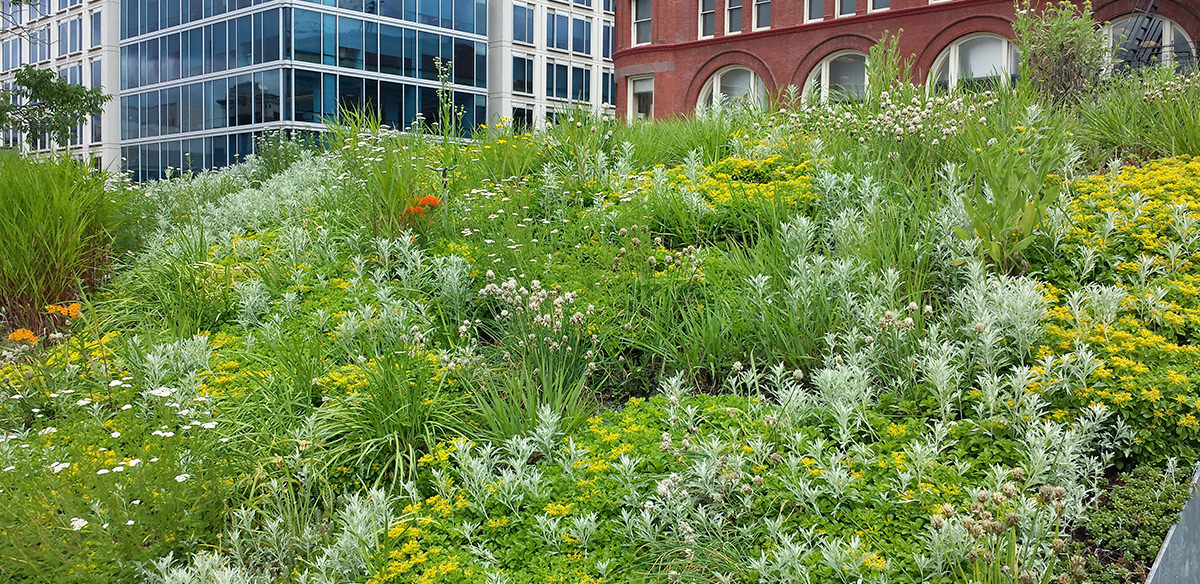
The plants growing on a green roof have a positive effect on our air quality.
- They filter particulate air pollution.
- They slow the increase of CO2, a greenhouse gas.
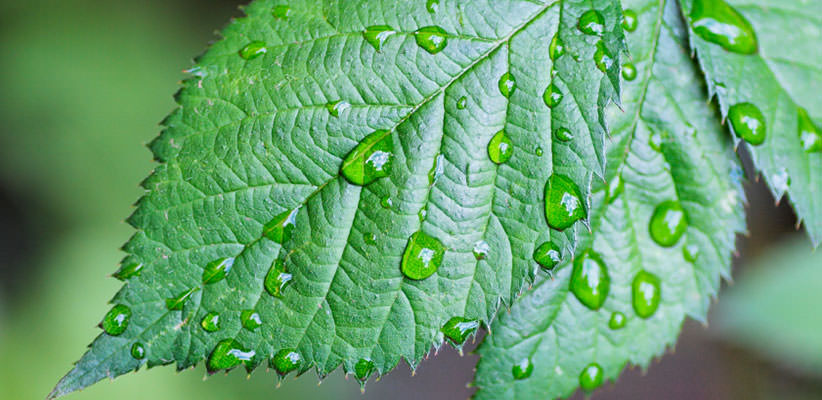
Plants filter particulate air pollution. The leaves on plants act like filters capturing particulate matter like dust, soot, and pollen and removing them from the air.

This is good for the people and animals who breathe the air. And, it's good for the environment because particulate matter in polluted air captures and holds the sun's heat. Clean air holds less heat.
Plants absorb air pollution. They can absorb up to 5 pounds of particulate matter a year in a 20-square-foot area. So even a small green roof, one that is 4 feet by 5 feet (20 square feet), can have a positive impact on the environment.

Plants slow the growth of CO2 in the air. In the process of photosynthesis, plants remove CO2 from the air and release oxygen. This slows the growth of CO2 levels in the Earth's atmosphere.
Do you know what photosynthesis is?
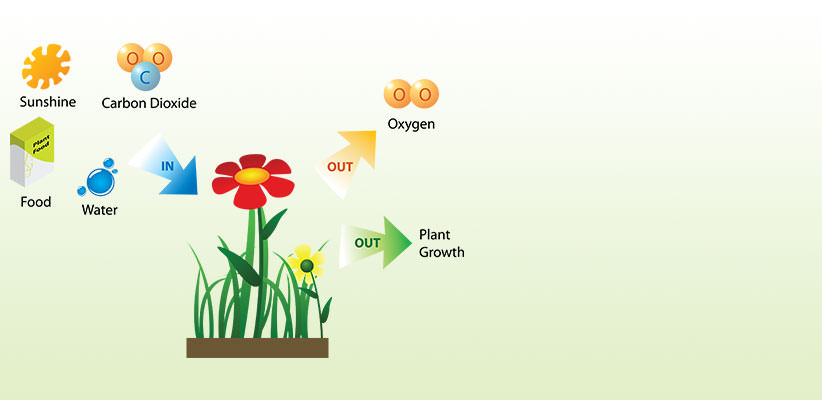
Photosynthesis is the way a plant makes food for itself. Chlorophyll in the "green" part of the leaves captures energy from the sun and this powers the building of food from very simple ingredients — carbon dioxide (CO2) and water. The process of photosynthesis consumes carbon dioxide and releases oxygen (O2).

If kept in good health and maintained properly, a green roof that measures 10 feet by 10 feet (100 square feet) consumes as much carbon dioxide (CO2) per year as a 13-foot tree. A healthy tree uses over 20 pounds of CO2 each year. The carbon is stored in the tree (wood is about 45% carbon) and the oxygen is released back into the atmosphere.
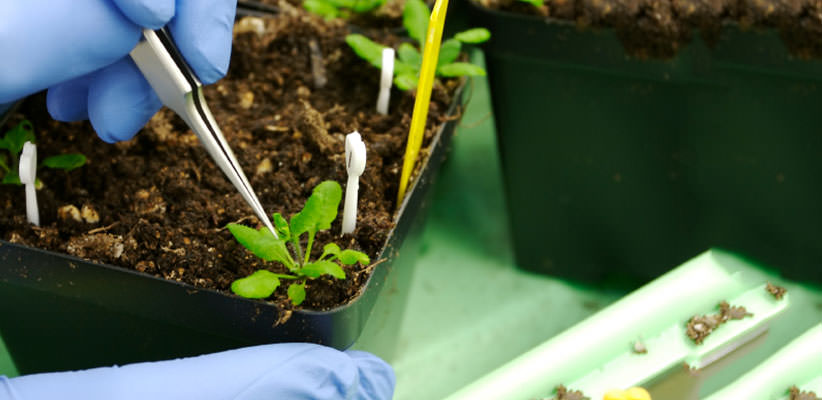
Where do all these facts and figures about green roofs come from?
Tests are run to gather data and then the results are interpreted. This is called scientific inquiry.

Scientific inquiry is the process by which humans systematically examine the natural world. It involves observation, reasoning, insight, energy, skill, and creativity.

Scientific explanations and evidence are constantly reviewed and examined by others. Questioning, response to criticism, and open communication are essential to the process of science.

Since green roofs require plants that are natural adapted to the extreme environmental conditions found on rooftops, landscape architects and scientists are conducting research about green roofs in the many different climates found across North America.
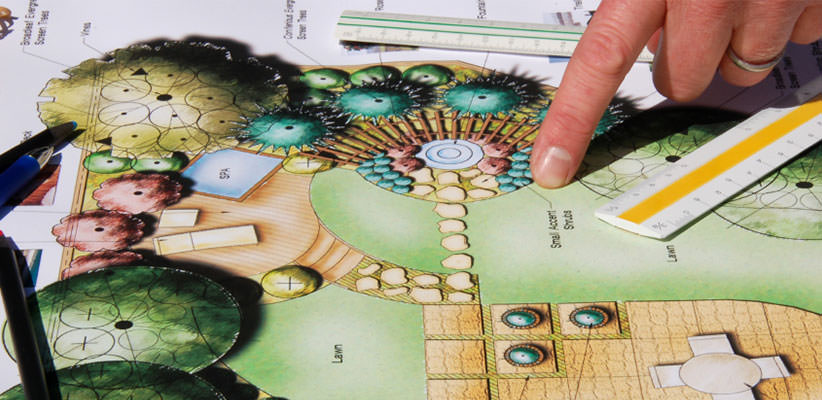
Landscape architects need this information to better understand how to design green roofs. The green roof on the headquarters of the American Society of Landscape Architects (ASLA) has equipment that gathers data on light, temperature, and stormwater runoff.
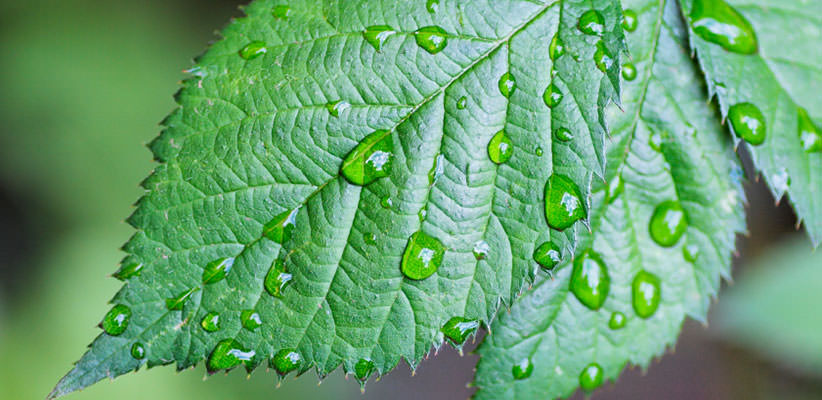
Light and temperature data are analyzed to assess growing conditions and actual plant growth is measured. Rainwater and runoff samples are collected and sent to a laboratory for chemical analysis.

Air quality testing isn't part of the ASLA monitoring program because it requires expensive equipment and controlled conditions.
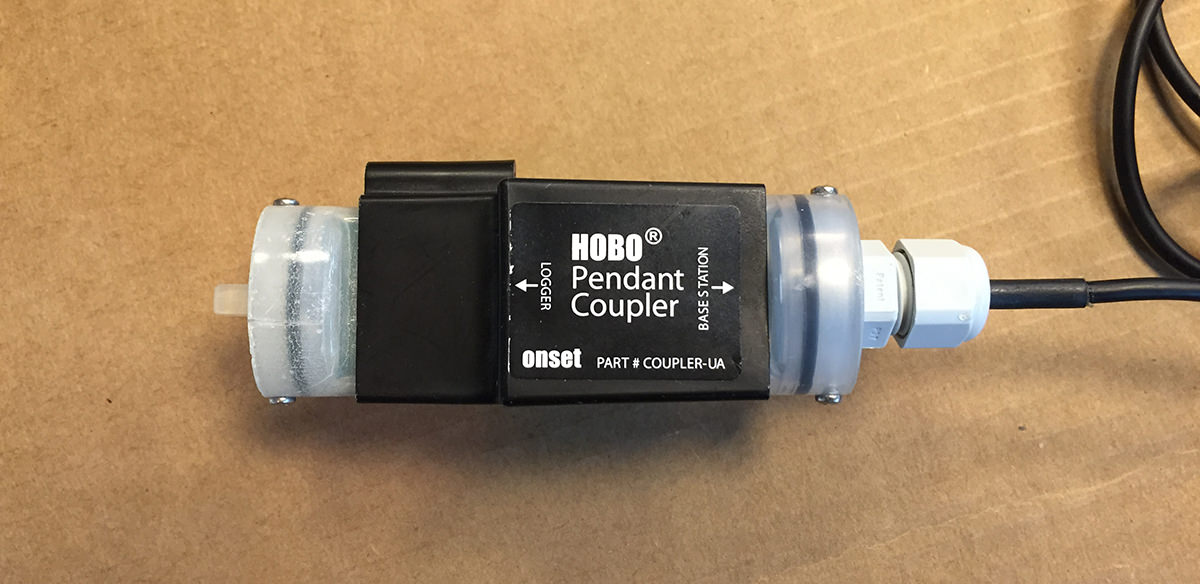
Cool Cities
HOBO temperature monitors measure microclimates on the ASLA green roof. The monitors, about the size of a D-cell battery, are placed throughout the ASLA green roof.

When the monitors are plugged into a computer, the data is downloaded and the day's highest temperature is recorded. It's similar to downloading photos from a digital camera.
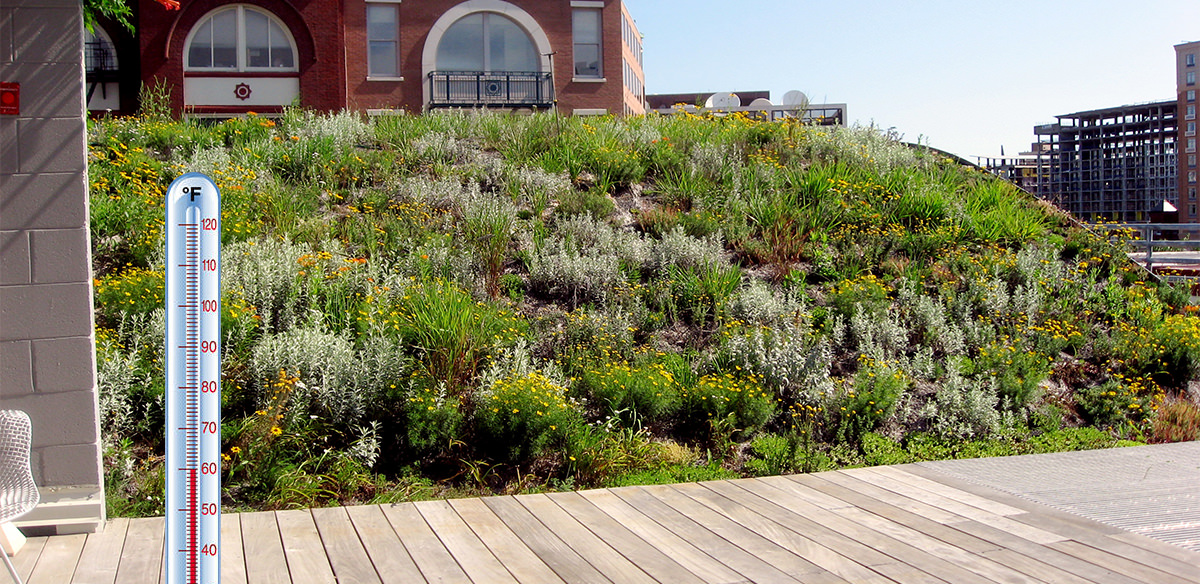
The ASLA green roof has been as much as 32° Fahrenheit cooler than the conventional asphalt roofs on the neighboring buildings. Temperature differences are greatest on the hottest days.
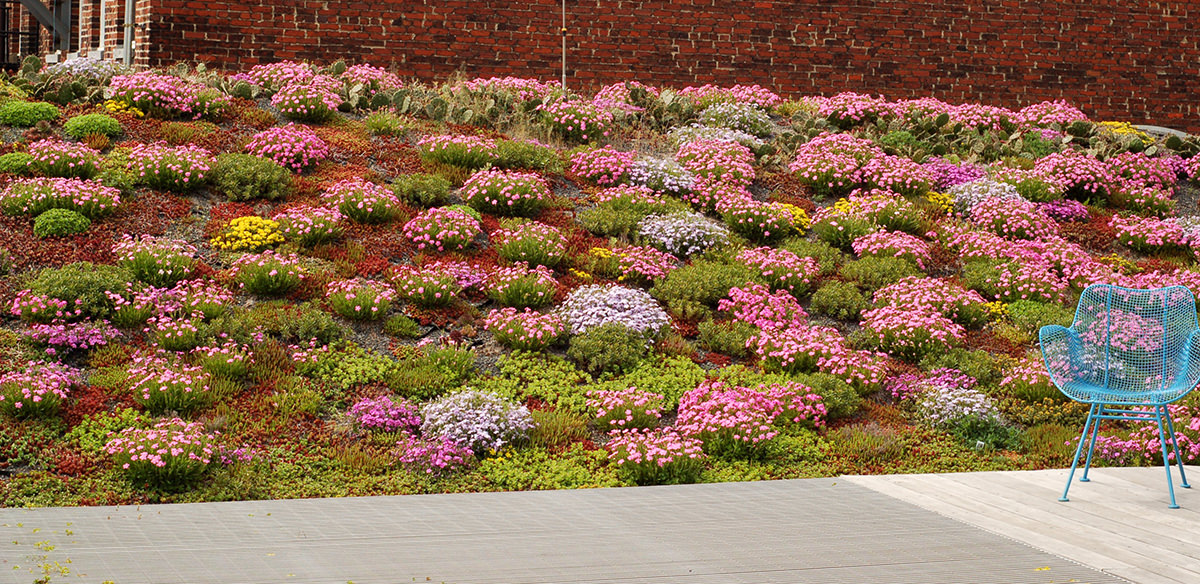
Manage Stormwater
To determine the amount of stormwater ASLA's green roof absorbs, rain is measured in inches by a rain gauge and then converted to gallons based on the size of the green roof.
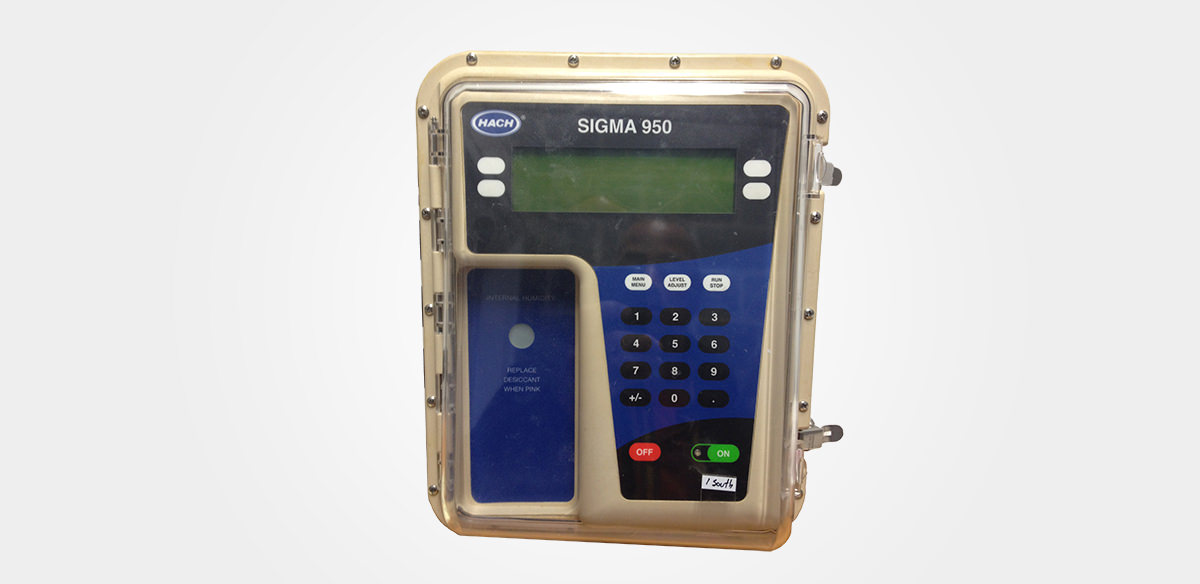
Runoff from the roof is measured by flow meters placed in the roof drains. Total rainfall minus runoff equals the amount of water retained by the roof.
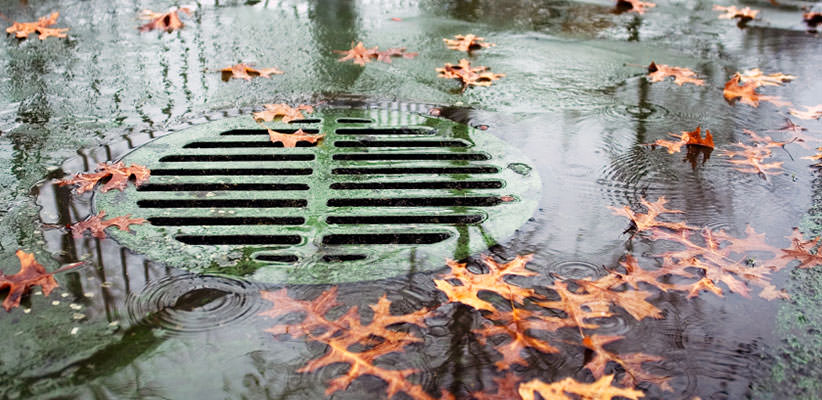
From July 2006 to May 2007, the ASLA green roof retained nearly 75% of the total rainfall (29 inches). This kept 27,512.4 gallons of rainwater out of the city storm drains.

Build Habitat
When the ASLA roof was built, different plant species were planted in various areas of the roof based on soil depths, and expected heat, light, and water conditions.
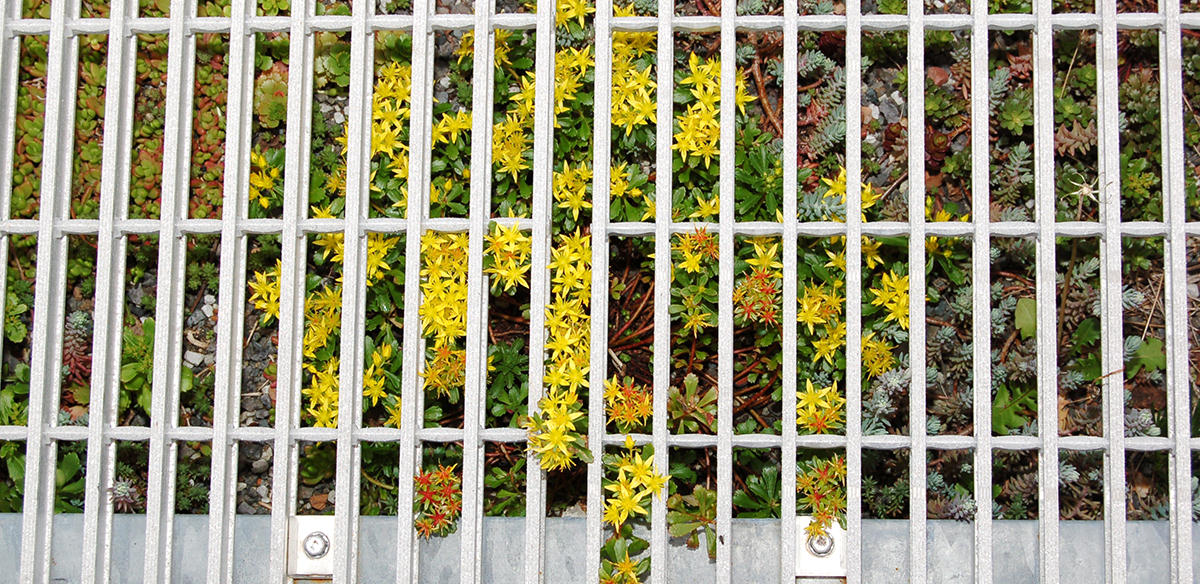
Plant growth has varied dramatically by location and some species grew more vigorously than others. ASLA recently planted more drought-resistant sedum to enhance the look of the green roof.


The ASLA Green Roof Education Program is made possible by a grant from the National Endowment for the Arts and a generous contribution from the landscape architecture firm Lewis Scully Gionet, Inc.
Sponsored by ASLA | © 2016





























